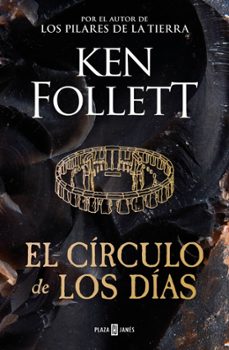📗 Libro en inglés THE CLASSIC HORROR STORIES
OXFORD UNIVERSITY PRESS- 9780199639571
Sinopsis de THE CLASSIC HORROR STORIES
H. P. Lovecraft (1890-1937) was a reclusive scribbler of horror stories for the American pulp magazines that specialized in Gothic and science fiction in the interwar years. He often published in Weird Tales and has since become the key figure in the slippery genre of "weird fiction." Lovecraft developed an extraordinary vision of feeble men driven to the edge of sanity by glimpses of malign beings that have survived from human prehistory or by malevolent extra-terrestrial visitations. The ornate language of his stories builds towards grotesque moments of revelation, quite unlike any other writer.
This new selection brings together nine of his classic tales, focusing on the "Cthulhu Mythos," a cycle of stories that develops the mythology of the Old Ones, the monstrous creatures who predate human life on earth. The stories collected here include some of Lovecraft''s finest, including "The Call of Cthulhu," "At the Mountains of Madness," "The Dunwich Horror," "The Colour Out of Space," "The Shadow over Innsmouth," and "The Shadow out of Time." The volume also includes vital extracts from Lovecraft''s critical essay, "Supernatural Horror in Literature," in which he gave his own important definition of "weird fiction." In a fascinating introduction, Roger Luckhurst gives Lovecraft the attention he deserves as a writer who used pulp fiction to explore a remarkable philosophy that shockingly dethrones the mastery of man.
Featuring a chronology, bibliography, and informative notes, this is a must-have critical edition for Lovecraft aficionados, and the best introduction to his work for first-time visitors to his strange fictional world.
Ficha técnica
Editorial: Oxford University Press
ISBN: 9780199639571
Idioma: Inglés
Número de páginas: 496
Tiempo de lectura:
10h 16m
Encuadernación: Tapa dura
Fecha de lanzamiento: 01/01/2013
Año de edición: 2013
Plaza de edición: Reino Unido
Especificaciones del producto
Escrito por H.P. Lovecraft y Roger Luckhurst

Nació en 1890 en Providence, Rhode Island. Hijo único, su padre murió cuando tenía ocho años, por lo que su educación recayó principalmente en su madre y su abuelo materno. Debido a su delicada salud, fue poco a la escuela y se convirtió en un joven solitario dedicado a la lectura, a la astronomía y a escribir. Trabajó ocasionalmente escribiendo cuentos para periódicos y revistas, y se relacionó, principalmente por carta, con un grupo amplio de escritores de la época. Se casó en 1924, pero su matrimonio duró apenas dos años. Su situación económica fue cada vez más precaria. Murió en 1937 sin que su obra tuviera gran repercusión. Sus relatos y novelas adquirieron la relevancia que tienen hoy en día años después de su muerte. Se le considera un gran impulsor del cuento de terror.
Fotografía: ©Lucius B. Truesdell
Opiniones sobre THE CLASSIC HORROR STORIES
¡Sólo por opinar entras en el sorteo mensual de tres tarjetas regalo valoradas en 20€*!


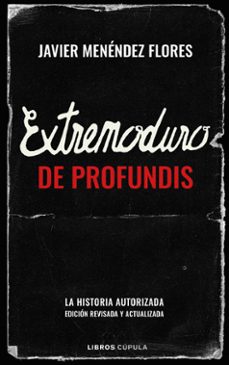



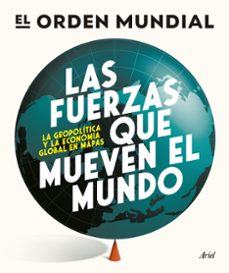



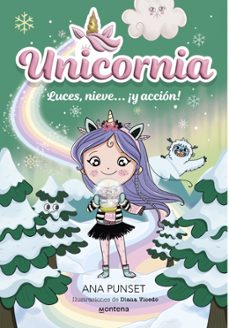
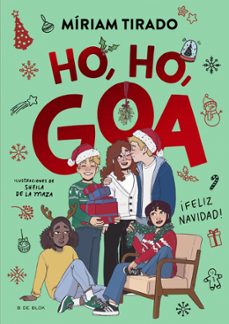




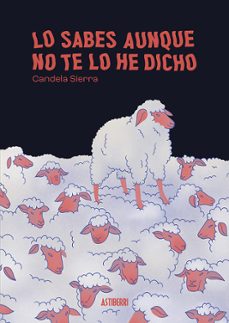





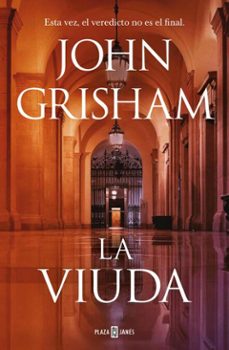

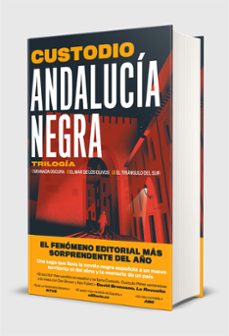
![harry potter y el cáliz de fuego (harry potter [ediciones ilustra das interactivas] 4)-j.k. rowling-9788419868497](https://imagessl7.casadellibro.com/a/l/s5/97/9788419868497.webp)
